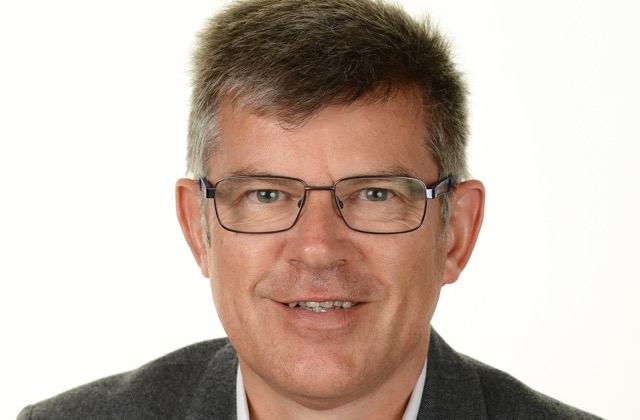In his latest column for SIPPs Professional, SSAS expert Martin Tilley looks at some potential SSAS investment gems (for professional advisers only).
There will always be a continuing debate about whether small self administered schemes (SSASs) are better than self invested personal pensions (SIPPs) or vice versa, but the honest answer is they both have their place and in certain instances one will offer something that the other does not.
One of the key differentiators is around the ability to select the investments that can be held within these tax efficient wrappers. This stems from the constitution of the vehicles. A SIPP is usually a product of a provider firm, which will stipulate within the product terms, what assets are permitted to held within that product.
A SSAS is an occupational pension created by an individual trust deed and governed by its trustees. As such it has no “provider” to dictate terms which can obviously be a good thing, allowing the widest range of asset acquisition, but obviously it can also be an invitation to disaster if appropriate steps are not taken.
In this article, I will highlight two of the less obvious investment opportunities that SSAS trustees might take advantage of and explain how they can benefit from them.
Children’s nursing homes
One of the most attractive features of SSAS is the ability to invest in commercial property, including the company’s own business premises. However, commercial property is not limited to offices, shops or warehouses. SSAS members can also invest in other types of property that provide a social or community service, such as children’s nursing homes.
Nursing or care homes are often included in lists of non-permitted assets, most often due to the complexity of the due diligence requirements on them and the concern that, should the operating company acting as tenant of the building fail, then the freeholder of the building will be left with the current residents in place.
Children’s nursing homes are residential facilities that provide care and support to children with complex health needs, such as physical or learning disabilities, chronic illnesses, or life-limiting conditions. They are regulated by the Care Quality Commission (CQC) and must meet certain standards of quality and safety.
The residents of such homes are placed by the local authorities, and as such, in the event of a failure of the operator of that home, the responsibility for relocation of those residents lies with the authority and not the freeholder.
In the instance of a case I'm familiar with, the SSAS members, who of course are also trustees, were themselves experts in the field of residential care for children and with additional professional advice were able to navigate the obstacles and be comfortable with the investment acquisition and strategy for holding the property.
Auction properties
Another way to diversify the SSAS portfolio is to invest in auction properties. These are properties that are sold at public auctions, usually at a discounted price, to buyers who are willing to pay cash and complete the purchase within a short timeframe.
Auction properties can offer SSAS trustees the opportunity to acquire properties that are otherwise difficult to access, such as repossessions, probates, or properties with legal or structural issues. They can also offer the potential for high returns, as the properties can be renovated and sold or rented at a higher value.
But auction properties will often sit on a non-permitted investment list due to the need to assess the challenges and risks, such as finding a suitable property, bidding against other buyers, paying the deposit and fees, and completing the purchase within the deadline. SSAS trustees would also need to be aware of the condition and legal status of the property, and factor in the costs of repairs and maintenance. Most usually the members/trustees who would consider auction properties are themselves again expert in the property market and will have prior experience of the processes.
Trustees responsibilities
SSAS pensions are not suitable for everyone, and they require a high level of involvement and responsibility from the members, who will also be trustees of the scheme.
Investment decision making is a crucial role of the trustees and they should be aware of their responsibilities which are set out in both the scheme’s trust deed and rules and in legislation. Importantly, they have a fiduciary responsibility to all potential beneficiaries, which might extend beyond the scheme’s current membership and are required, where they have insufficient expertise themselves, to obtain professional advice before investments are made.
But for those individuals who do possess that expertise, relevant in the field in which the investment is to be made, the SSAS gives them the perfect vehicle to use that experience and benefit from it.
Martin Tilley is chief operations officer at WBR Group

